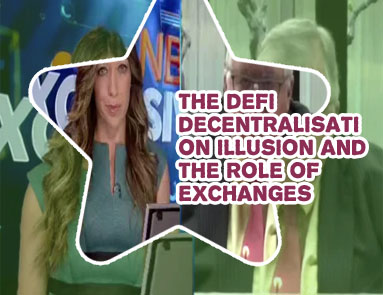- Homepage
- Best exchange to buy crypto
- How does btc mining work
- Cryptocom card
- Dogecoin to a dollar
- Bitcoin trend
- Solo crypto
- Crypto credit
- Where to buy crypto
- Dogecoin 20 where to buy
- Cryptocurrency prices
- Shiba inu coin cryptocurrency
- Doge crypto
- How to cash out cryptocurrency
- How to create a crypto coin
- What does hodl mean in crypto
- How much is pi crypto worth
- How to add bank account to cryptocom
- Time to usd crypto
- Shibusd crypto
- When will the crypto bull run end
- 270 addresses are responsible all cryptocurrency
- What is link crypto
- When to buy bitcoin
- Crypto nft app
- Apps cryptocurrency
- Defi ethereum wall
- Inflation cryptocurrency
- Cryptocom cards
- How to sell crypto on coinbase
- Bit coin price in us
- Crypto com support
- Dogecoin converter
- New crypto coins
- Can i buy dogecoin on cash app
- The crypto app
- Bitcoin cryptocurrency
- When could you first buy bitcoin
- What is crypto
- Cryptocurrency bitcoin price
- Cryptos
- Etc crypto
- How much is bitcoin
- Buy crypto card
- Cryptocom defi wallet
- Crypto market live
- Bitcoin strength indicator
- Crypto com referral
- Cryptocurrency exchanges
- Crypto login
- Crypto to usd
- Price of bitcoins in usd
- Cryptocurrency to buy
- Bitcoin crash prediction
- Where to buy shiba inu crypto
- Bitcoin one percent controls all circulating
- How to buy btt on cryptocom
- Crypto exchange
- How to withdraw money from cryptocom

Decentralization illusion central urges regulation crypto
5 thoughts on “Is DeFi decentralization an illusion?”
The latest BIS quarterly review takes a skeptical look at DeFi’s governance structure, which relies on automated voting by token holders to make any rule changes or code upgrades. Decentralization central bank group urges crypto Science Publishing Group (SciencePG) is an Open Access publisher, with more than 300 online, peer-reviewed journals covering a wide range of academic disciplines.Illusion central group urges regulation crypto
With pilot programs ongoing around the world, central bank digital currencies (CBDCs) and private-issue stablecoins are attracting the attention of numerous financial institutions. Banks and other financial-market participants see potential impacts across core business activities including payments, financing, and capital markets. Critical to these applications will be the role of treasurers, who will be responsible for managing the new iterations of money and attendant financial risks. …but can we set our differences aside? Create the illusion of magical floating candles with this fun Halloween light set. It comes with 20 sticky hooks, 164 feet of fishing line, a magic wand controller and battery-operated candles. Use the fishing line and hooks to hang the candles along your ceiling, and use the wand controller to turn them on and off.

Is the future of crypto fixed?
“There is a ‘decentralization illusion’ in DeFi since the need for governance makes some level of centralization inevitable and structural aspects of the system lead to a concentration of power,” the authors of the report said. Global Crypto Standards Due Next Week Could Test Regulators’ Tech Mantra "There are some incentive issues related to the fact that, through this decentralization, at some point you end up with some agents that play an important role, and not necessarily for the best of users of financial services."Decentralization illusion bank urges regulation crypto
Uselessly pandering over what cryptocurrencies ought best to be legally defined as just creates a divisive academic polarity that wastes time neglecting the meat of the matter — that no regulatory framework for cryptocurrencies can be sustained unless its complete decentralisation is limited. But it is almost certain that decentralised cryptocurrencies can be fettered if they become state-owned. A Free Market Approach to Stablecoin Regulation The Bank for International Settlements, an umbrella group for central banks, said in a report this week that it's concerned there's a "decentralization illusion" in DeFi.